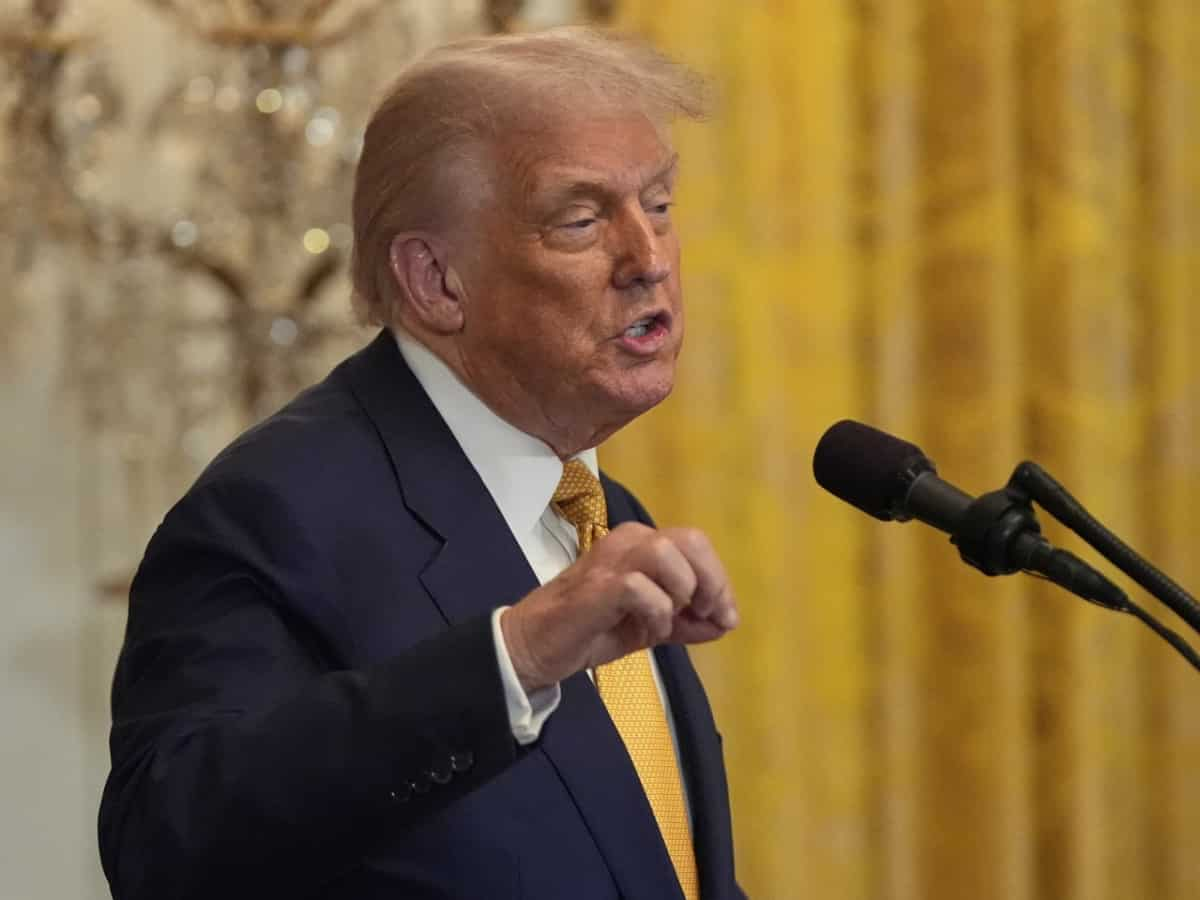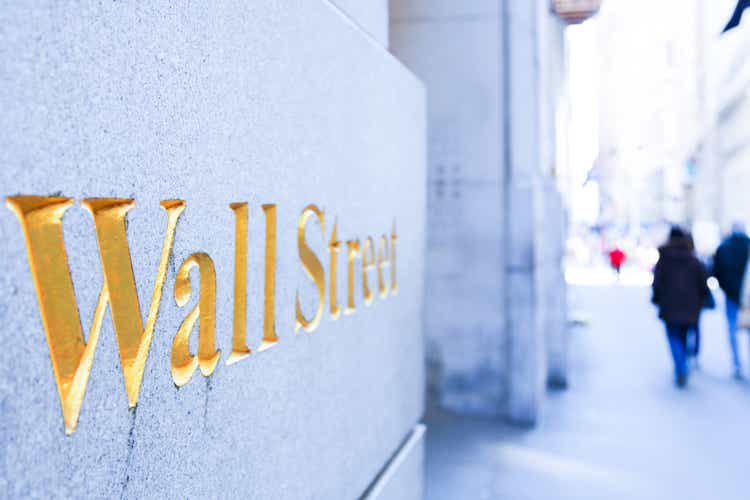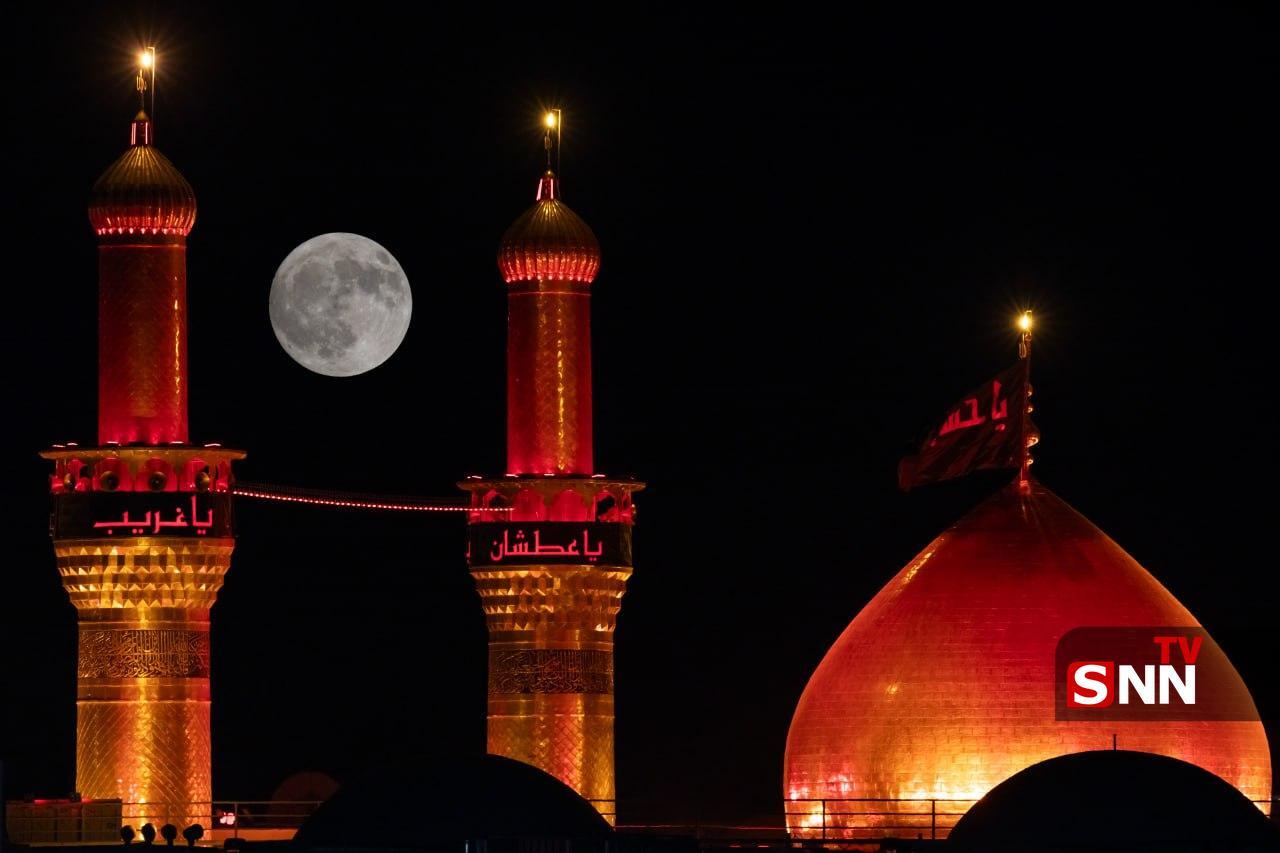US President Donald Trump is meeting face-to-face with Russian President Vladimir Putin in Alaska on Friday for a high-stakes summit that could determine not only the trajectory of the war in Ukraine but also the fate of European security, AP reported.
The sit-down offers Trump a chance to prove to the world that he is both a master dealmaker and a global peacemaker. He and his allies have cast him as a heavyweight negotiator who can find a way to bring the slaughter to a close — something he used to boast he could do quickly.
Putin’s goals and Ukraine’s exclusion
For Putin, a summit with Trump offers a long-sought opportunity to try to negotiate a deal that would cement Russia’s gains, block Kyiv’s bid to join the NATO military alliance and eventually pull Ukraine back into Moscow’s orbit.
There are significant risks for Trump. By bringing Putin onto US soil, the president is giving Russia’s leader the validation he desires after his ostracisation following his invasion of Ukraine three and a half years ago. The exclusion of Ukrainian President Volodymyr Zelenskyy from the summit also deals a heavy blow to the West’s policy of “nothing about Ukraine without Ukraine” and invites the possibility that Trump could agree to a deal that Ukraine does not want.
Demands still far apart
Any success is far from assured, especially as Russia and Ukraine remain far apart in their demands for peace. Putin has long resisted any temporary ceasefire, linking it to a halt in Western arms supplies and a freeze on Ukraine’s mobilisation efforts — conditions rejected by Kyiv and its Western allies.
Trump said that even more important than his summit with Putin would be a subsequent meeting that also includes Zelenskyy, something he suggested could even happen before he departs Alaska — a possibility that Russia has not agreed to.
Echoes of Kremlin’s position
Trump said in an interview Thursday that he did not know if they would get “an immediate ceasefire” but he wanted a broad peace deal done quickly. That seemingly echoes Putin’s longtime argument that Russia favours a comprehensive deal to end the fighting, reflecting its demands, not a temporary halt to hostilities.
The Kremlin said Trump and Putin will first sit down for a one-on-one discussion, followed by the two delegations meeting and talks continuing over “a working breakfast.” They are then expected to hold a joint press conference.
Mixed signals from Trump
In the days leading up to the summit, set for a military base near Anchorage, Trump described it as “really a feel-out meeting.” But he has also warned of “very severe consequences” for Russia if Putin does not agree to end the war and said that though Putin might bully other leaders, “He’s not going to mess around with me.”
Trump’s repeated suggestions that a deal would likely involve “some swapping of territories” — which disappointed Ukraine and European allies — along with his controversial history with Putin have left some sceptical about what kind of agreement can be reached.
Ian Kelly, a retired career foreign service officer who served as the US ambassador to Georgia during the Obama and first Trump administrations, said he sees “no upside for the US, only an upside for Putin.”
(With inputs from AP)

 1 hour ago
1
1 hour ago
1










 English (US) ·
English (US) ·